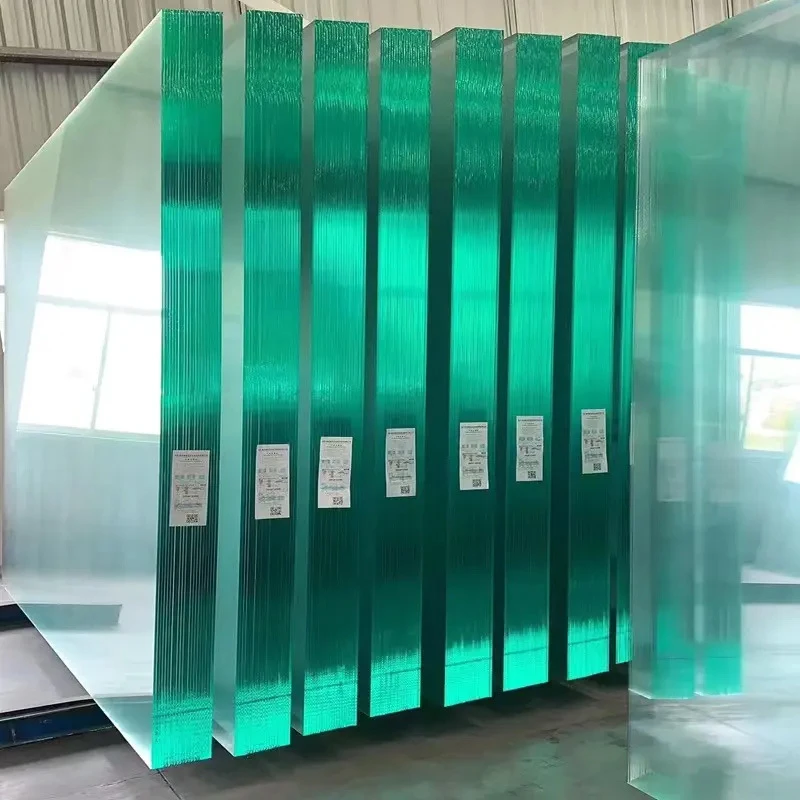Understanding the Float Process
In the world of manufacturing and material science, the term float process may not be commonly recognized outside of specific industries, but it is a crucial concept in various applications. The float process refers to a method used mainly in producing quality materials such as glass, metals, and certain types of plastics. By understanding this technique, one can appreciate its role in enhancing product performance and manufacturing efficiency.
The float process is primarily associated with the production of flat glass. This technique was developed in the mid-20th century and has since revolutionized the glass-making industry. The process involves pouring molten glass onto a bed of molten tin, where the glass floats and spreads out evenly, creating a smooth and flat surface. The glass sheet’s thickness can be controlled by adjusting the speed at which it moves over the molten tin, allowing for a highly uniform product.
One of the most significant advantages of the float process is the quality of the glass produced. Traditional glass-making methods often resulted in imperfections such as bubbles, ripples, and thickness variations. In contrast, the float process produces glass sheets that are remarkably smooth, clear, and of consistent thickness. This has made it the preferred method for creating glass used in windows, mirrors, and other applications where clarity and uniformity are essential.
Beyond aesthetics, the float process contributes to the overall strength and durability of glass products. The controlled environment in which the glass is formed minimizes stress points, making the final product less prone to breakage. Consequently, glass manufactured through the float process is often used in high-performance applications, including automotive and architectural glass, where safety and stability are paramount.
float process
The float process is not limited to glass; it also finds applications in the production of certain metals and plastics. For instance, when producing aluminum, a modified version of the float process can be employed to create sheets of aluminum that are free of imperfections and suitable for various uses, including packaging and construction. Similarly, in the realm of plastic manufacturing, the float process can help produce high-quality, uniform sheets of material that serve as substrates for products ranging from electronics to consumer goods.
Another key aspect of the float process is its contribution to waste reduction and energy efficiency. Traditional methods of manufacturing often involve significant waste due to excess material and energy consumption. The float process, by contrast, allows for better control over material use, leading to a more sustainable manufacturing approach. As industries increasingly prioritize sustainability, techniques like the float process are becoming vital in minimizing environmental impact.
Moreover, the adaptability of the float process allows for innovation in product design and engineering. As manufacturers continue to experiment with materials and techniques, the float process offers a foundation for developing new types of glass and alternative materials that meet specific market needs while maintaining quality. This versatility opens doors to advancements in industries such as energy, packaging, and consumer electronics.
In conclusion, the float process is a critical technique in the manufacturing of flat glass, metals, and plastics. Its ability to produce high-quality, uniform materials contributes significantly to various industries, enhancing product durability, aesthetics, and performance. With the growing emphasis on sustainability and efficiency in manufacturing, the float process will likely continue to play a vital role in advancing material science and engineering. As technology progresses, we can anticipate further innovations stemming from this fundamental manufacturing technique, ensuring that the float process remains relevant and essential for years to come.
 Afrikaans
Afrikaans  Albanian
Albanian  Amharic
Amharic  Arabic
Arabic  Armenian
Armenian  Azerbaijani
Azerbaijani  Basque
Basque  Belarusian
Belarusian  Bengali
Bengali  Bosnian
Bosnian  Bulgarian
Bulgarian  Catalan
Catalan  Cebuano
Cebuano  Corsican
Corsican  Croatian
Croatian  Czech
Czech  Danish
Danish  Dutch
Dutch  English
English  Esperanto
Esperanto  Estonian
Estonian  Finnish
Finnish  French
French  Frisian
Frisian  Galician
Galician  Georgian
Georgian  German
German  Greek
Greek  Gujarati
Gujarati  Haitian Creole
Haitian Creole  hausa
hausa  hawaiian
hawaiian  Hebrew
Hebrew  Hindi
Hindi  Miao
Miao  Hungarian
Hungarian  Icelandic
Icelandic  igbo
igbo  Indonesian
Indonesian  irish
irish  Italian
Italian  Japanese
Japanese  Javanese
Javanese  Kannada
Kannada  kazakh
kazakh  Khmer
Khmer  Rwandese
Rwandese  Korean
Korean  Kurdish
Kurdish  Kyrgyz
Kyrgyz  Lao
Lao  Latin
Latin  Latvian
Latvian  Lithuanian
Lithuanian  Luxembourgish
Luxembourgish  Macedonian
Macedonian  Malgashi
Malgashi  Malay
Malay  Malayalam
Malayalam  Maltese
Maltese  Maori
Maori  Marathi
Marathi  Mongolian
Mongolian  Myanmar
Myanmar  Nepali
Nepali  Norwegian
Norwegian  Norwegian
Norwegian  Occitan
Occitan  Pashto
Pashto  Persian
Persian  Polish
Polish  Portuguese
Portuguese  Punjabi
Punjabi  Romanian
Romanian  Russian
Russian  Samoan
Samoan  Scottish Gaelic
Scottish Gaelic  Serbian
Serbian  Sesotho
Sesotho  Shona
Shona  Sindhi
Sindhi  Sinhala
Sinhala  Slovak
Slovak  Slovenian
Slovenian  Somali
Somali  Spanish
Spanish  Sundanese
Sundanese  Swahili
Swahili  Swedish
Swedish  Tagalog
Tagalog  Tajik
Tajik  Tamil
Tamil  Tatar
Tatar  Telugu
Telugu  Thai
Thai  Turkish
Turkish  Turkmen
Turkmen  Ukrainian
Ukrainian  Urdu
Urdu  Uighur
Uighur  Uzbek
Uzbek  Vietnamese
Vietnamese  Welsh
Welsh  Bantu
Bantu  Yiddish
Yiddish  Yoruba
Yoruba  Zulu
Zulu 

